4 Reasons Small Asphalt Cracks Need Repairs ASAP
Small asphalt cracks are a common sight in driveways, roads, and parking lots, yet their significance is often underestimated. Timely repairs are crucial, although many property owners neglect them until they grow into bigger problems. This oversight can lead to a range of issues that are more expensive and harder to manage. Immediate repairs of small cracks not only prevent significant structural damage but also save money in the long term. By addressing these minor issues now, property owners can extend the life of their asphalt surfaces and maintain functionality and aesthetics.
1. Prevention of Further Damage
Water infiltration is one of the primary causes of accelerated deterioration in asphalt. When water seeps into small cracks, it can erode the material underneath, weakening the foundation. This makes the surface prone to more significant damage during freezing and thawing cycles. Moreover, accumulated moisture can promote the growth of vegetation, further compromising the asphalt's structural integrity. Keeping these cracks sealed off prevents water damage and prolongs the asphalt’s life.
Temperature fluctuations contribute to the expansion and contraction of asphalt. These natural processes can exacerbate existing cracks, turning them into larger fissures. Asphalt can expand in hot temperatures and contract when it cools down, which causes stress and strain. In time, this can weaken the material, making it more susceptible to additional cracking and deterioration. Addressing small cracks early on prevents these cyclical impacts from causing more serious damage.
Vehicles exert significant pressure on asphalt surfaces, especially when they have cracks that reduce the asphalt's load-bearing capacity. Every time a vehicle drives over a crack, it covers and exposes the area repeatedly, leading to edge recession. This creates an unstable surface that further degrades under continuous use. The stress is particularly evident for older driveways; according to Fixr, those over 25 years old are more likely to develop holes, cracks, and crumbling spots. Fixing small cracks early helps maintain a solid foundation capable of handling large loads.
The base layer of asphalt acts as a crucial support for the top layer. Cracks provide an easy entry point for elements like water and dirt, leading to the erosion of this supporting layer. When the base starts to erode, it weakens the entire structure, compromising not only the layers above but also the asphalt's stability and resilience. Repairing cracks promptly can prevent destructive erosion from occurring. With a solid base, the asphalt surface remains durable and longer-lasting.
Even minor imperfections can make asphalt more susceptible to environmental stressors. Elements such as UV rays, precipitation, and temperature changes can more easily penetrate and impact weakened areas. Cracks serve as conduits that accelerate degradation once the asphalt is exposed to environmental stressors. Without timely intervention, this vulnerability can lead to a cascading effect of damage. Routine repairs mitigate these vulnerabilities and reduce the risk of further deterioration.
2. Cost Efficiency
Addressing small cracks as soon as they appear can significantly lower repair costs. Repairing extensive damage, such as potholes or surface failures, is far more costly and involves more labor and materials. Small repairs require less time and fewer resources, making them financially advantageous for property owners. Timely interventions help prevent extensive damage, reducing overall maintenance expenses. The cost-saving benefits of small repairs vastly outweigh the expenditures associated with significant asphalt rehabilitation projects.
Routine maintenance should be considered an investment rather than an expense. Proactively fixing small cracks ensures that they do not evolve into larger issues that demand emergency attention. Regular checks and preventative measures can save property owners from unplanned and expensive repairs. This approach provides better control over maintenance budgets, allowing for efficient resource allocation. Maintaining surfaces regularly not only saves money but also ensures long-term durability.
Proper and timely repairs can significantly extend the lifespan of asphalt surfaces. Cracks that are not swiftly addressed can accelerate the overall wear and tear, shortening the lifespan considerably. Routine maintenance helps asphalt withstand regular use, weather conditions, and stress from traffic. By prolonging the surface’s useful life, future costly overhauls can be delayed. A longer lifespan translates into better returns on initial investments, emphasizing the value of addressing small issues immediately.
Neglecting small cracks can eventually lead to the need for complete repaving, which is both time-consuming and expensive. Full repaving involves removing the existing layer of asphalt, preparing the base anew, and applying a fresh surface. This process is labor-intensive and requires significant resources. Timely repairs prevent the deterioration that necessitates such drastic measures. By addressing minor issues early, property owners can avoid the financial burden of full repaving projects.
Regular maintenance and timely repairs contribute to energy and resource efficiency. Larger repair projects and full repaving consume more material and energy, leading to increased environmental impact. Simply fixing small cracks reduces the amount of new material required, as well as the energy needed for production and transport. This not only translates to financial savings but also supports environmental sustainability initiatives. Resource-efficient maintenance practices align with broader efforts to minimize ecological footprints.
3. Safety Considerations
Small asphalt cracks can evolve into significant safety hazards if left unaddressed. These cracks can lead to trips and falls, posing risks especially to pedestrians and cyclists. Similarly, vehicles may lose traction or control when encountering larger cracks and potholes. Preventing such accidents requires proactive repairs and regular surface inspections. By eliminating these potential risks, property owners can secure a safer environment for everyone who uses the asphalt surface.
Driving over damaged asphalt can wreak havoc on vehicles, damaging tires, suspension systems, and alignment. Such issues often require costly repairs, creating inconvenience for vehicle owners. Regular maintenance of asphalt ensures a smooth driving surface, minimizing the risk of vehicle damage. Cracks can also damage the undersides and bumpers of low-clearance vehicles. By addressing small surface defects, property owners can help preserve vehicle integrity and reduce unnecessary repair costs for drivers.
Pedestrian safety is crucial in areas with heavy foot traffic, and maintaining smooth surfaces is key to ensuring it. Uneven or cracked surfaces can lead to injuries from trips or falls. Public spaces, in particular, need to maintain high standards to ensure pedestrian well-being. By fixing small defects, property owners can create safer walking environments conducive to pedestrian movement. Attention to these small issues fosters a sense of security and accessibility for all users.
Poorly maintained asphalt surfaces expose property owners to legal liabilities. Accidents resulting from surface defects could lead to lawsuits and financial penalties. Such legal issues can be avoided by conducting timely repairs and regular inspections. Liability mitigation is a key consideration for any property owner looking to protect their financial interests. Implementing a maintenance strategy reduces legal risks associated with accidents caused by neglected surfaces.
Neglected cracks can create additional hazards that compromise safety. Cracks can grow wider and deeper, developing into potholes that pose greater risks. Besides accidents, these imperfections can cause water pooling, leading to slippery surfaces and other environmental concerns. By addressing small cracks, these threats are kept at bay, ensuring a safer environment for all users. Regular maintenance safeguards against potential hazards that emerge from seemingly minor issues.
4. Aesthetic Value
The aesthetic appeal of a property significantly influences first impressions. Well-maintained surfaces make a property appear more attractive, enhancing its overall presentation. Guests and clients often form opinions based on exterior appearances. Clean, smooth asphalt surfaces project a sense of order and professionalism. Addressing small cracks maintains a polished appearance, reinforcing positive perceptions and creating welcoming environments.
The condition of asphalt surfaces can directly affect property valuations. Poorly maintained driveways and lots have lower perceived value due to the increased need for repairs. Conversely, regularly maintained surfaces signify care and proper upkeep, boosting property marketability. Prospective buyers and tenants are more inclined to favor properties requiring fewer immediate improvements. Regular repairs maintain an aesthetic that reflects high property standards, preserving or even enhancing value.
Repairing small asphalt cracks promptly offers multiple benefits, including cost savings, safety enhancements, and aesthetic value. Repair efforts improve surface durability, conserving resources and minimizing environmental impacts. Regular inspections and maintenance promote optimal structural performance and avoid more difficult and costly interventions. Thorough engagement in proactive management practices preserves economic, ecological, and functional interests. Effectively maintained surfaces reinforce community well-being, showcasing commitment to infrastructure stewardship and long-term care. Be sure to reach out to Hargrove Sealcoating and Striping today for more information on our professional asphalt repairs!

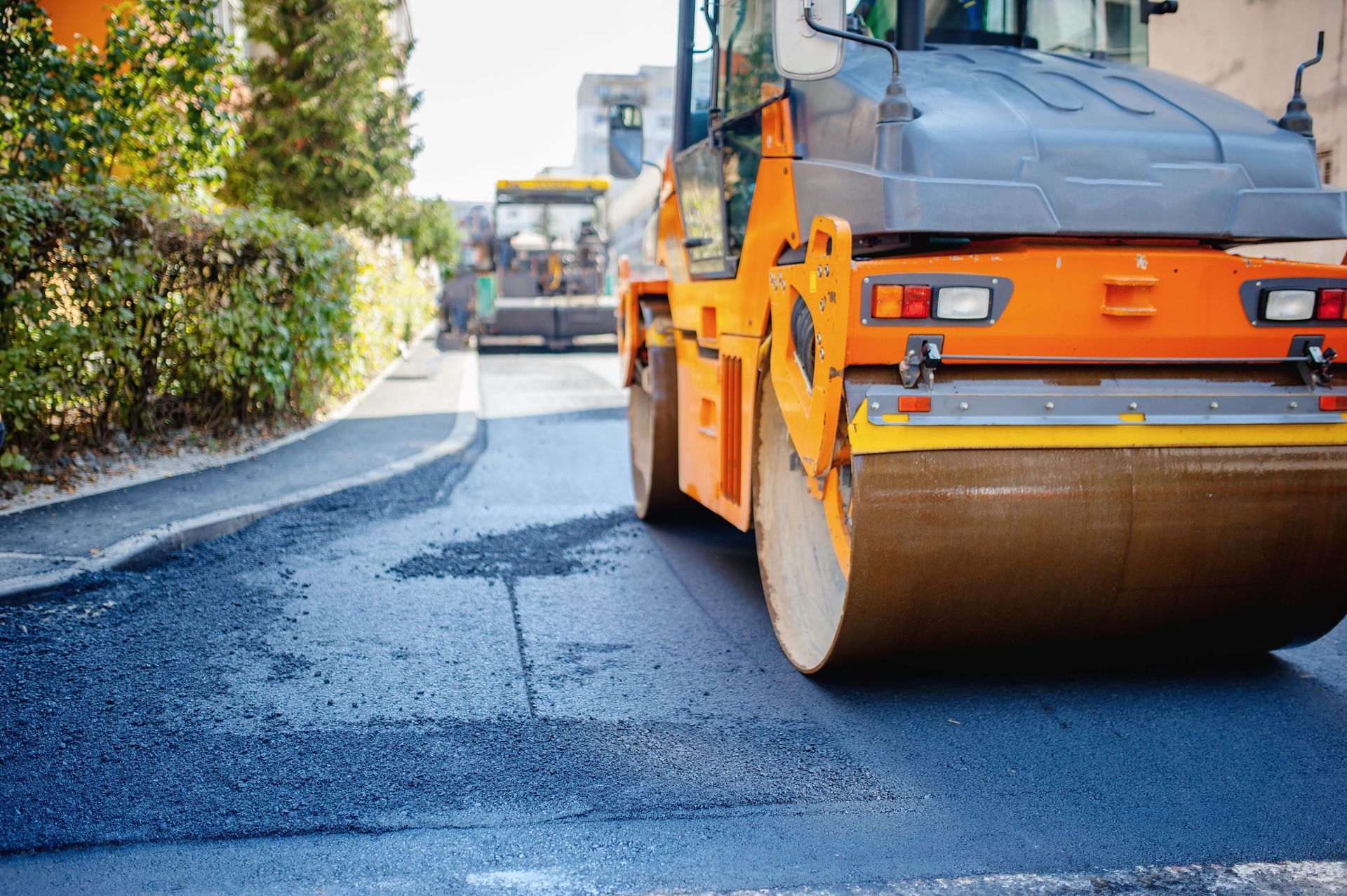
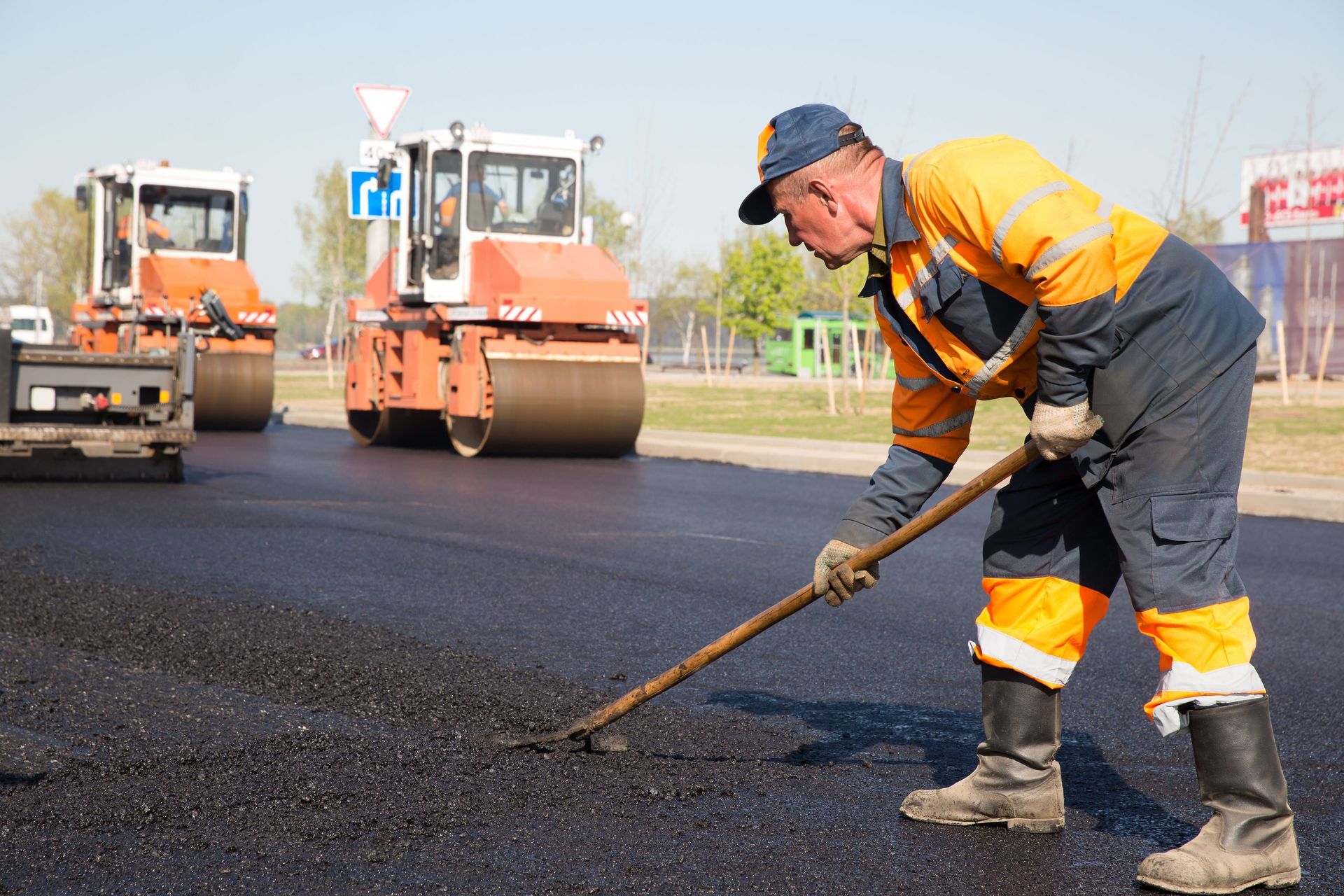
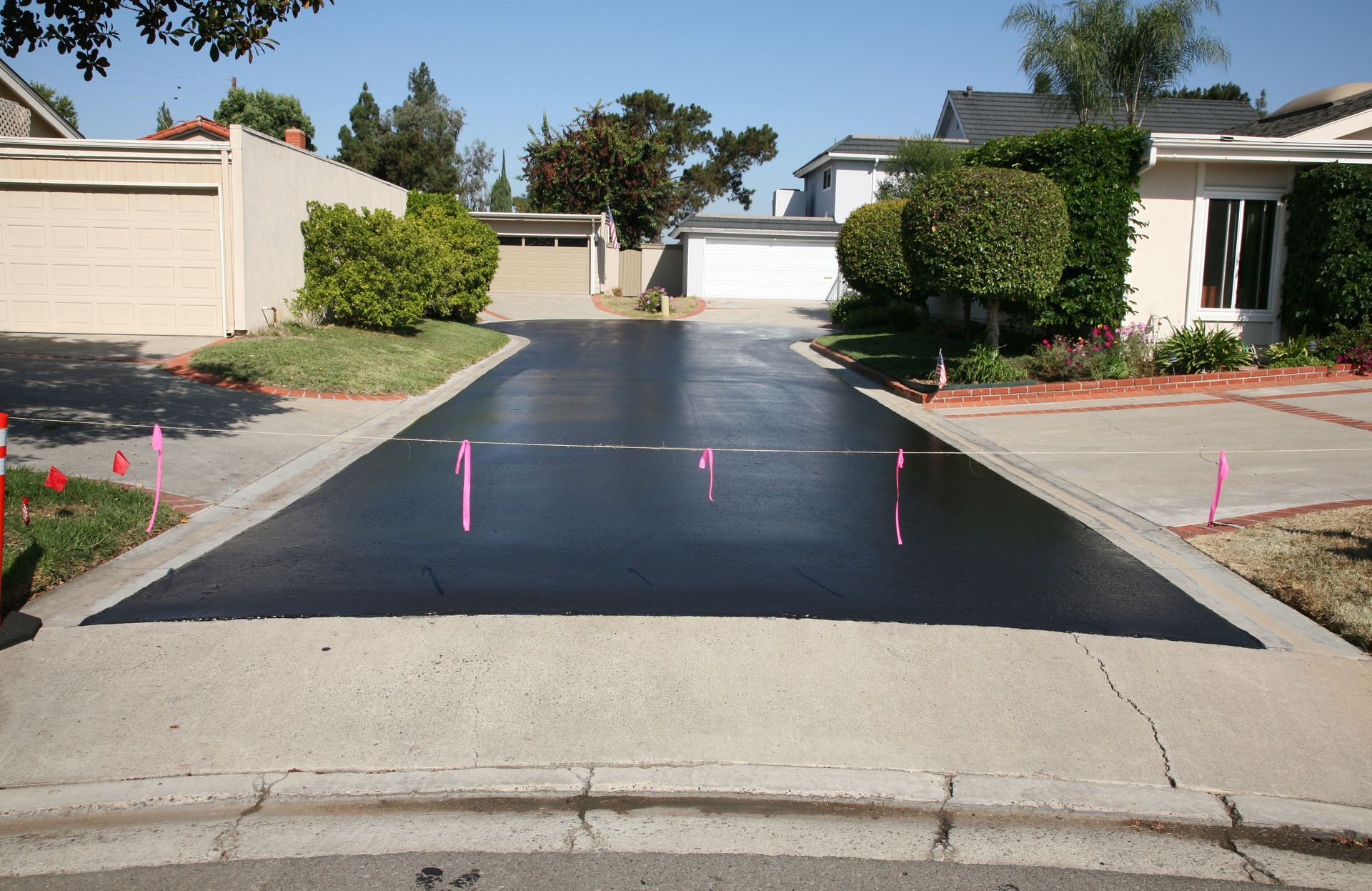


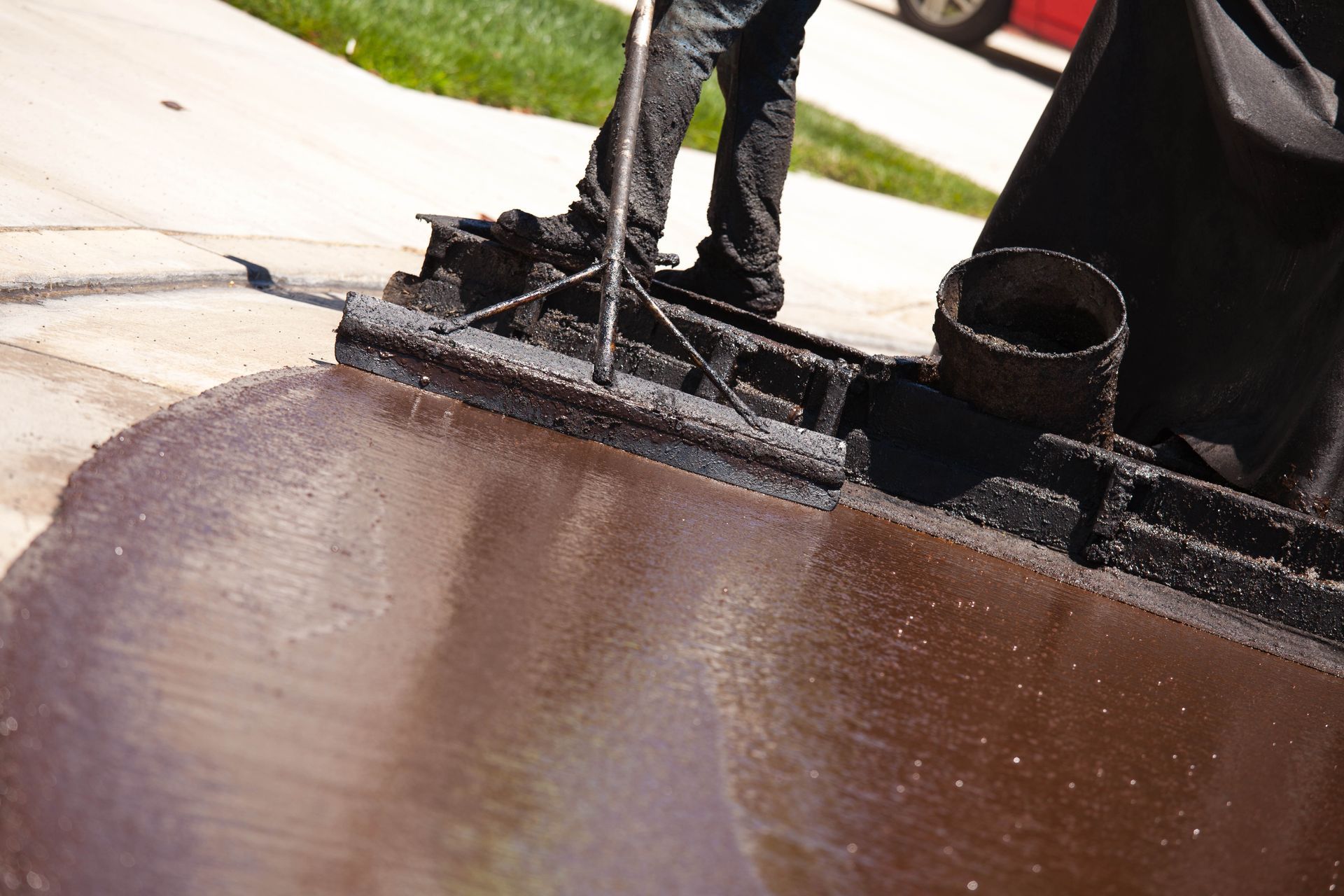

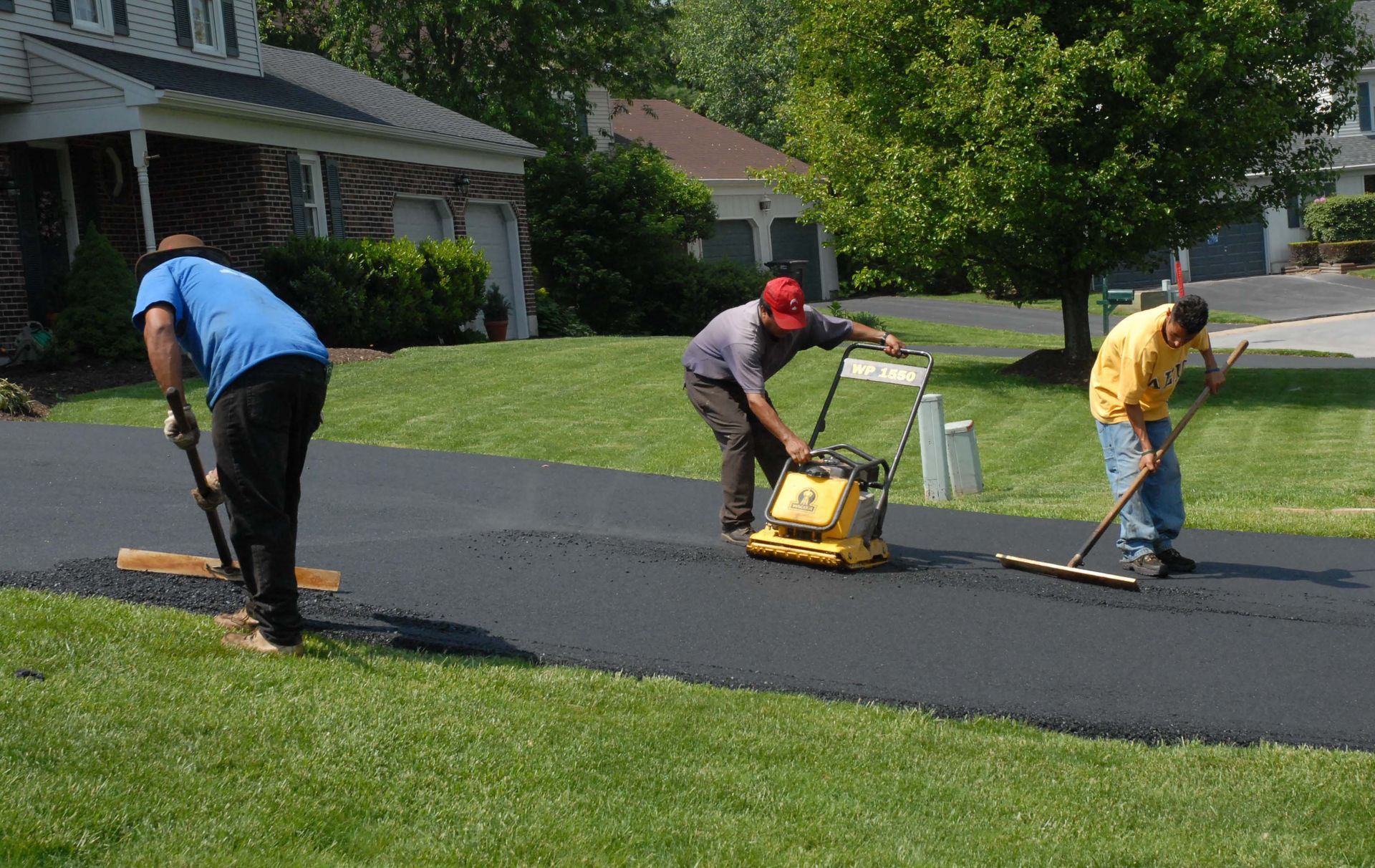

Share On: